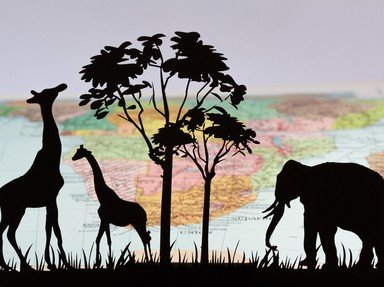
Melange of 'B' Animals Trivia Quiz
See how you go placing these animals in their groups - terrestrial, aquatic or aerial. Be aware, there are some insects (in their adult form) in this selection.
A classification quiz
by suomy.
Estimated time: 3 mins.